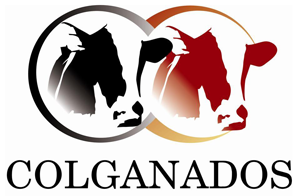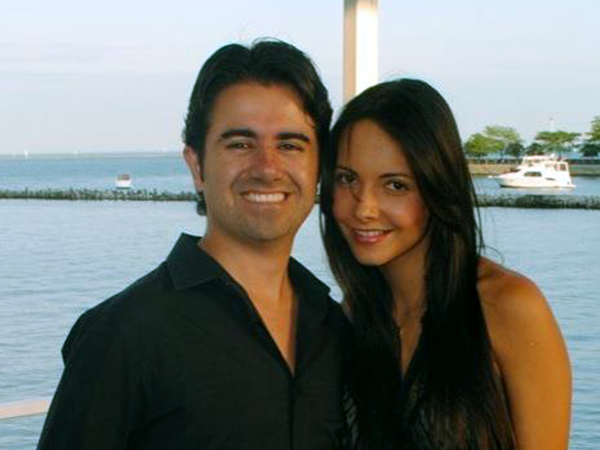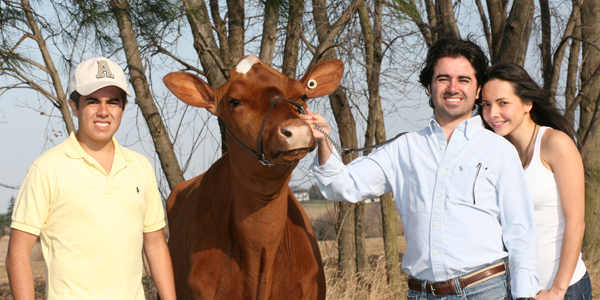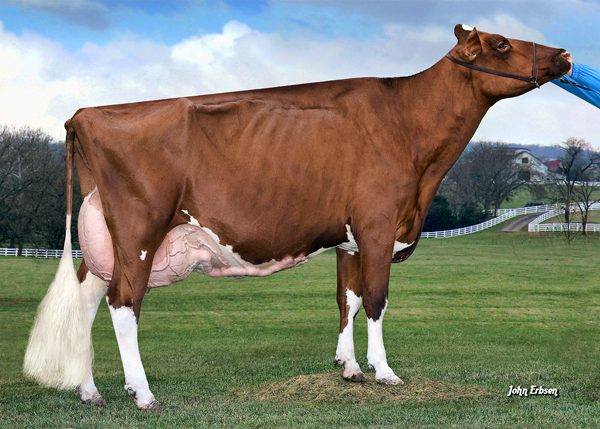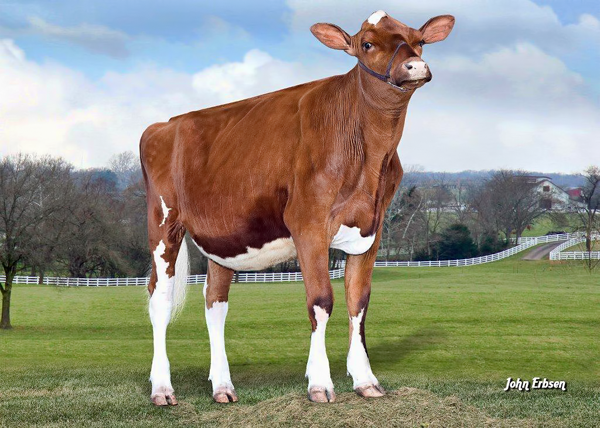Learn how DeLaval’s U.S. production shift of teat spray robots enhances service for American dairy farmers. How will this change impact you?
Summary:
DeLaval, a pioneer in dairy farming technology, has shifted the production of its advanced teat spray robot, the TSR2, from Sweden to Kansas City, Missouri, in a move designed to enhance support for North American dealers and customers through faster lead times and improved service. This shift involves significant investment in the Kansas City facility, including high-quality production standards, advanced training, and testing equipment. Fernando Cuccioli, DeLaval’s Executive Vice President for Cluster Americas, notes that the transition meets rising automation demands in dairy farming. The TSR2, recognized as the “Overall Agriculture Robotics Solution of the Year” in the 2024 AgTech Breakthrough Awards, features InSight technology ensuring up to 99% accuracy in teat spray application, automating the process in rotational milking operations. This move offers American dairy producers faster access to new technologies and enhanced service, highlighting DeLaval’s dedication to advancing the industry.
Key Takeaways:
- DeLaval’s TSR2 production has shifted from Sweden to Kansas City, Missouri, to better serve North American customers.
- Investment in Kansas City includes training for the assembly team and advanced testing equipment.
- The TSR2, now produced in the U.S., has been recognized as the Overall Agriculture Robotics Solution of the Year by the 2024 AgTech Breakthrough Awards.
- Fernando Cuccioli highlights the importance of rapid adaptation to meet farmers’ needs, especially in automation.
- DeLaval’s Kansas City campus includes a training center and R&D lab, strengthening its long-term commitment to innovation.
- The TSR2 uses advanced InSight technology to achieve 99% accuracy in teat spraying.

DeLaval, a global leader in milking equipment, has recently announced the relocation of TSR2 production from Tumba, Sweden, to Kansas City, Mo. This strategic move is set to bring significant benefits to American dairy producers, including improved service, shorter lead times, and higher product quality. Fernando Cuccioli, DeLaval’s Executive Vice President of Cluster Americas, explains, “Producing the TSR2 in Kansas City allows us to respond quickly to customer needs, particularly as more farmers turn to automation for labor and operational efficiencies.” This shift is not just about a location change but about creating a future where technology and local skills combine to revolutionize dairy production. How might these improvements affect your dairy farm’s production and efficiency?
Did You Know? DeLaval’s 130-Year Legacy of Innovation
Did you know that DeLaval’s legacy of innovation spans over 130 years? Gustaf de Laval founded the firm in 1883, and it revolutionized the dairy sector with one of the earliest cream separators. Since then, DeLaval has been a pioneer in dairy farming technologies, continuously launching advancements to make the lives of dairy producers easier and more efficient. This long-standing commitment to innovation should instill confidence in our expertise and dedication to serving you.
DeLaval’s commitment to North America runs deep. The Kansas City facility, which has operated for over 40 years, is a testament to this dedication. Initially established for light manufacturing and storage, the facility has evolved into a hub of innovation. It now houses a teaching facility and a research and development lab, contributing to advancing the dairy farming industry. This enduring connection with North America is a crucial part of our success story, and we value the pivotal role that our American partners play in our journey.
The development of the Kansas City site demonstrates DeLaval’s constant commitment to servicing the rising demands of North American dairy producers. The facility’s ongoing updates guarantee that it meets the highest standards, furthering DeLaval’s aim of providing excellent service and cutting-edge technology to farmers throughout the continent. We want you to feel comfortable and hopeful about the future, knowing that we are committed to providing you with the most excellent tools and services.
You Might Wonder, “Why Did DeLaval Decide to Move TSR2 Production to the U.S.?”
You might wonder, “Why did DeLaval move TSR2 production to the U.S.?” Several compelling reasons drove the decision.
First and foremost, shorter lead times. By moving operations to Kansas City, DeLaval can promptly deliver goods to North American farmers. Nobody enjoys waiting for necessary equipment, mainly when operating a dairy farm properly.
Improved service is another significant element. Local manufacturing means that if you have problems with your TSR2, you won’t have to cope with the complications of international communication. TSR2-specific service professionals will be on hand to ensure that any issues are handled as soon as possible.
Then, there’s improved assistance for dealers. North American dealers will profit from having a production cluster in their neighborhood. This center will allow businesses to stock up more quickly, do live demos, and deliver more efficient solutions. In a world where time equals money, these are substantial benefits.
DeLaval’s action demonstrates its commitment to North American agriculture. This shift brings you closer to top-tier technology and service, not manufacturing.
Let’s Talk About DeLaval’s Investments in Their Kansas City Facility
Let’s discuss DeLaval’s investments in its Kansas City location. They’ve implemented specific training sessions for the TSR2 assembly crew. Why is this important to you? This implies that their team members are professionals in building robots and ensuring that each unit meets high production standards.
DeLaval has also invested in new testing equipment. Imagine how confident you might be knowing that each TSR2 is extensively tested before it leaves the factory. This degree of quality control is more than simply meeting requirements; it is about surpassing them and providing you with a dependable product that delivers on its promises.
These intentional expenditures in training and testing are intended to provide you with peace of mind. When you purchase a TSR2, you are not just purchasing a piece of equipment but also a painstakingly created, extensively tested robot that will help your operations run more smoothly and efficiently.
Fernando Cuccioli: Swift Adaptation Is Key to Meeting Dairy Farmers’ Needs
Fernando Cuccioli, DeLaval’s senior vice president for Cluster Americas, stressed the necessity of responding rapidly to client requests. “In today’s fast-changing dairy sector, reacting quickly to client requirements is critical. According to Cuccioli, more farmers are seeing the advantages of automation for improving labor and operational efficiency. Moving to Kansas City will address those concerns front-on, ensuring farmers get the appropriate technology assistance.
The TSR2 Teat Spray Robot: Revolutionizing Dairy Farming
The TSR2 teat spray robot is not just another piece of machinery; it’s a game changer for dairy producers. This robotic wonder automates the pre- and post-teat spray application in rotational milking processes, ensuring consistent coverage every time. The benefits are clear-it saves time, reduces labor, and most importantly, it ensures your herd is consistently cared for.
Why does the TSR2 stand out? It features DeLaval’s cutting-edge InSight technology. This new device uses sophisticated sensors and machine learning algorithms to detect and spray cows with remarkable accuracy—up to 99 percent! Consider the time and labor savings and the peace of mind from knowing your herd is consistently cared for. These benefits should make you excited to explore the TSR2’s features and assess its potential advantages for your business.
This innovation has not gone unnoticed. The TSR2 was awarded the Overall Agriculture Robotics Solution of the Year at the 2024 AgTech Breakthrough Awards. This prestigious award recognizes the TSR2’s significant contribution to improving dairy farm efficiency and output, providing further assurance of its quality and effectiveness.
If you want to improve your milking operations, the TSR2 might be the investment that improves your dairy farm. Feel free to investigate its features and assess its possible advantages to your business.
What’s in It for American Dairy Farmers?
The relocation of TSR2 manufacturing to Kansas City is more than a business decision; it’s a game changer for American dairy producers. Imagine having faster access to new technologies without international shipment wait periods and logistical challenges. This alone amounts to reduced downtime and more milking time, directly impacting your financial line. But the benefits don’t stop there. By producing the TSR2 in-house, DeLaval can provide faster service and parts response times. If your robot breaks down, you won’t have to wait for a replacement component from Europe. Instead, your activities can resume with minimum disturbance, ensuring your operations run smoothly and efficiently.
However, the advantages extend beyond shorter lead times. By producing the TSR2 in-house, DeLaval can provide faster service and parts response times. If your robot breaks down, you won’t have to wait for a replacement component from Europe. Instead, your activities may resume with minimum disturbance.
Operational efficiency will significantly increase. The TSR2’s InSight technology provides up to 99% accuracy when finding and spraying teats. This accuracy lowers the risk of mastitis and other udder infections, resulting in healthier cows and increased milk output. Healthier cows also mean lower veterinary expenses and downtime for treatment, which adds another layer of savings.
This invention yields significant labor savings. Automation decreases dependence on manual labor, a considerable benefit in a sector with labor shortages. TSR2 allows one person to oversee a process that formerly needed numerous workers, freeing up time for other essential duties around the farm.
Finally, the move reflects the rising tendency of localizing production, which many feel contributes to national economic strength. It helps American employment and boosts trust in the agriculture technology industry.
DeLaval’s strategic move gives American dairy producers a competitive advantage by providing access to innovative technology, better service, and increased production. Are you prepared to reap these rewards for your farm?
The Bottom Line
DeLaval’s choice to relocate TSR2 manufacturing to Kansas City provides significant benefits regarding lead times, service quality, and overall support for North American dairy producers. Their significant investment in the new plant demonstrates their dedication to maintaining excellent product standards and pushing the limits of agricultural technology. With endorsements from industry leaders such as Fernando Cuccioli and recognition from the AgTech Breakthrough Awards, it is apparent that the TSR2 will significantly influence dairy operations.
As we observe the rise of automation in agriculture, one must ask how modern technology, such as the TSR2, will change dairy production. More importantly, how will firms like DeLaval shape this future landscape?
Learn more:
- The Oldest Operational DeLaval Milking Robots Get a Modern Upgrade: Celebrating 24 Years of Innovation
- The Future of Dairy Farming: Insights for US and Canadian Farmers!
- Embracing the Future: The Latest Innovations in Dairy Technology and their Impact on the Industry
 Join the Revolution!
Join the Revolution!
Bullvine Daily is your essential e-zine for staying ahead in the dairy industry. With over 30,000 subscribers, we bring you the week’s top news, helping you manage tasks efficiently. Stay informed about milk production, tech adoption, and more, so you can concentrate on your dairy operations.







 Join the Revolution!
Join the Revolution!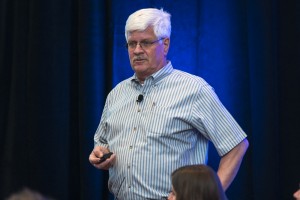 Dr. Bob James is the dairy extension project leader in the Dept. of Dairy Science with additional responsibilities in teaching and research. He received the University Academy of Teaching Excellence Award in 2010. Bob’s research has focused on management of growing calves and heifers, and a Jersey milk replacer was developed based upon Virginia Tech studies in which he participated. Most recently, his research has focused on sanitation and management of automated calf feeding systems. He is a founding member of the Dairy Calf and Heifer Association and served as the conference chairperson several times. Bob received his B. S. degree from the University of Delaware and M.S. and Ph.D. from Virginia Tech. After two years on the faculty at West Virginia University, he returned to Virginia Tech. Bob has made presentations and consulted with calf ranches, dairies and feed companies in more than 20 U.S. states, Canada, South America , Asia and Europe.
Dr. Bob James is the dairy extension project leader in the Dept. of Dairy Science with additional responsibilities in teaching and research. He received the University Academy of Teaching Excellence Award in 2010. Bob’s research has focused on management of growing calves and heifers, and a Jersey milk replacer was developed based upon Virginia Tech studies in which he participated. Most recently, his research has focused on sanitation and management of automated calf feeding systems. He is a founding member of the Dairy Calf and Heifer Association and served as the conference chairperson several times. Bob received his B. S. degree from the University of Delaware and M.S. and Ph.D. from Virginia Tech. After two years on the faculty at West Virginia University, he returned to Virginia Tech. Bob has made presentations and consulted with calf ranches, dairies and feed companies in more than 20 U.S. states, Canada, South America , Asia and Europe.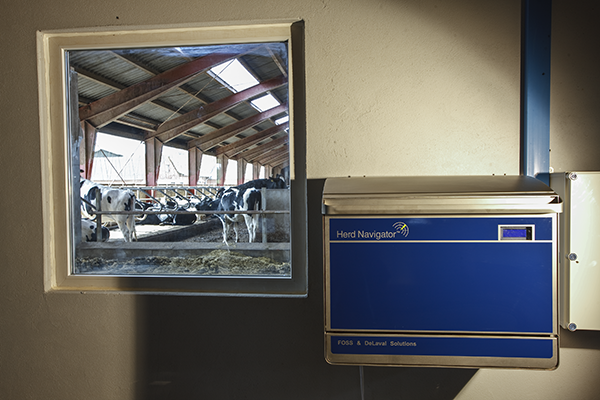
![VMSFullCow[1]](https://www.thebullvine.com/wp-content/uploads/2013/07/VMSFullCow1.png) Designed as the next tool for top herds
Designed as the next tool for top herds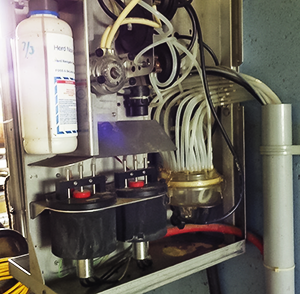 Multi-Purpose Tool
Multi-Purpose Tool
